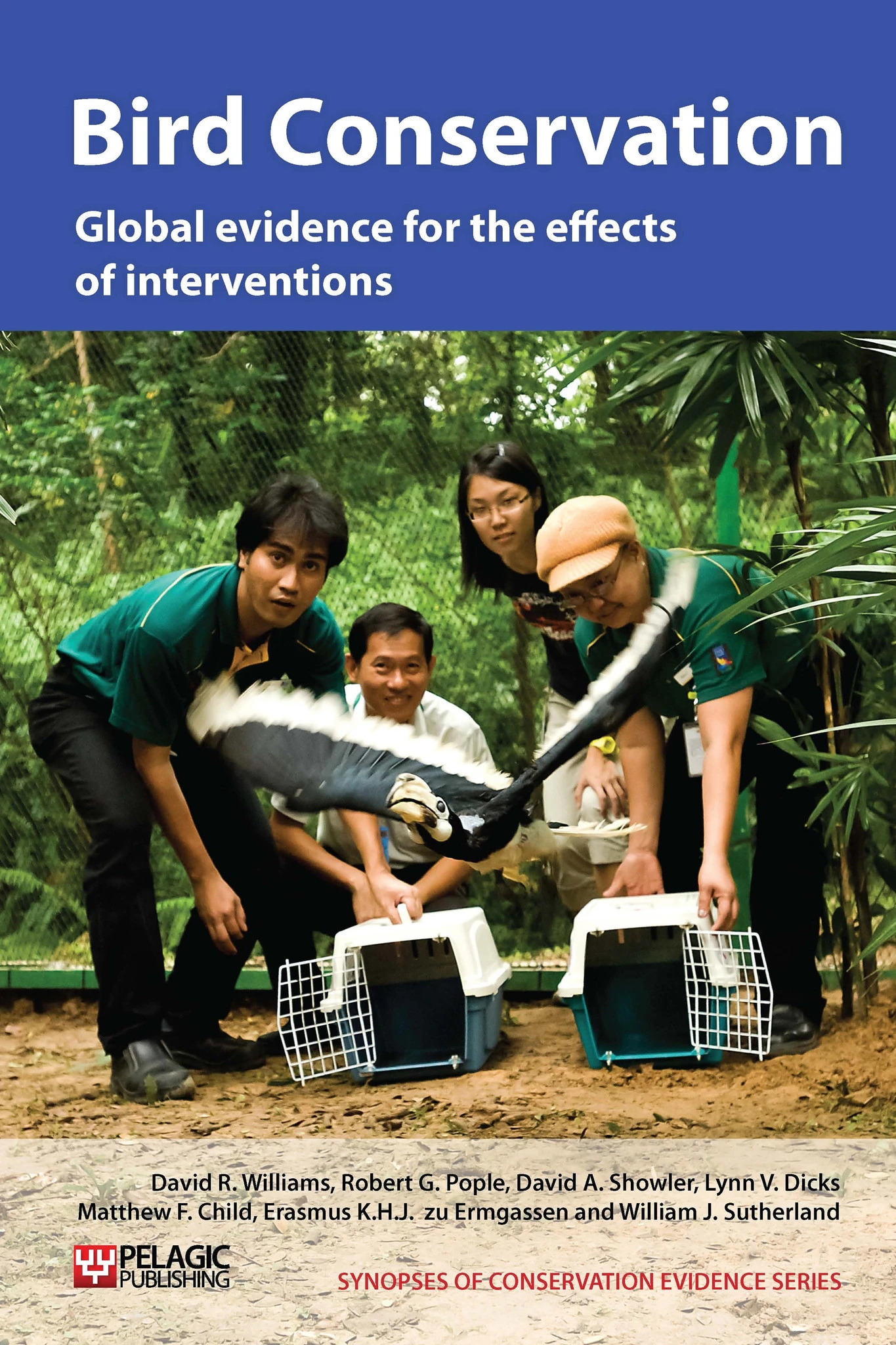Freeze semen for use in artificial insemination
-
Overall effectiveness category Unknown effectiveness (limited evidence)
-
Number of studies: 3
View assessment score
Hide assessment score
How is the evidence assessed?
-
Effectiveness
10% -
Certainty
10% -
Harms
45%
Study locations
Supporting evidence from individual studies
A small ex situ study (Parks et al. 1986) found that a single American kestrel Falco sparverius inseminated with frozen peregrine falcon F. peregrinus semen (defrosted and dialyzed to remove glycerol added before freezing) laid six eggs of which two were fertile and one hatched.
Study and other actions testedA small, controlled ex situ study in New York, USA, in 1986 (Parks & Hardaswick 1987) found that four female prairie falcons Falco mexicanus and one American kestrel F. sparverius had significantly lower fertility when inseminated with frozen sperm (defrosted and dialyzed to remove glycerol added before freezing), compared to two prairie falcons and one kestrel inseminated with fresh semen (25% of 28 eggs for frozen vs. 94% of 17 eggs for fresh semen). Only two prairie falcons and the kestrel produced any fertile eggs from frozen semen. The birds inseminated with fresh sperm were a subset of the larger group and were inseminated with semen from a peregrine falcon F. peregrinus and a peregrine-gyrfalcon F. rusticolus hybrid. Frozen semen preparation took approximately 90 minutes after thawing, during which it was kept at 0-4oC. Insemination used 80 µl (frozen) or 20-70 µl (fresh) semen.
Study and other actions testedA small ex situ study in 1983-5 (Gee et al. 1993) found that six American kestrels Falco sparverius inseminated with previously-frozen semen produced 14 infertile eggs only when the semen contained 4% dimethyl sulphoxide (DMSO). This compared with 35% of 17 eggs being fertile when 6% DMSO was used; 40% of ten eggs for 8% DMSO and 57% of seven eggs for 10% DMSO. Sperm mobility in semen containing 10% DMSO was lower (44%) than in semen containing 8% or 6% DMSO (61% and 62% respectively). Semen was taken from 15 male kestrels and frozen for between one and 14 months prior to thawing and insemination.
Study and other actions tested
Where has this evidence come from?
List of journals searched by synopsis
All the journals searched for all synopses
This Action forms part of the Action Synopsis:
Bird Conservation
Bird Conservation - Published 2013
Bird Synopsis





)_2023.JPG)














